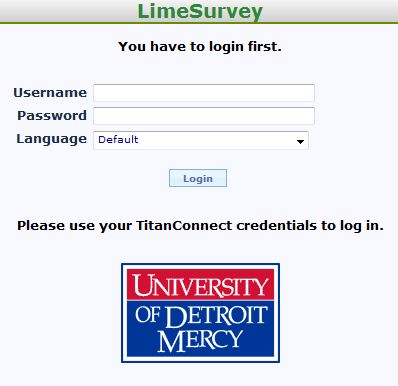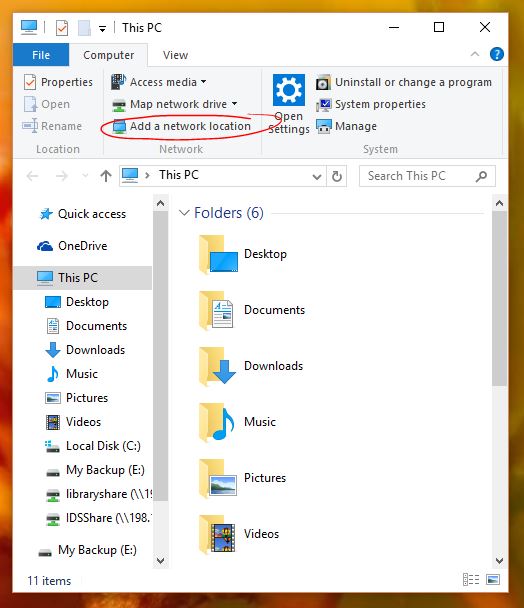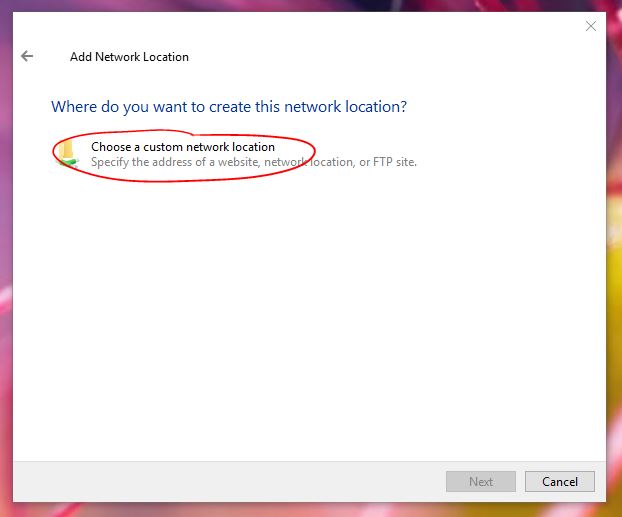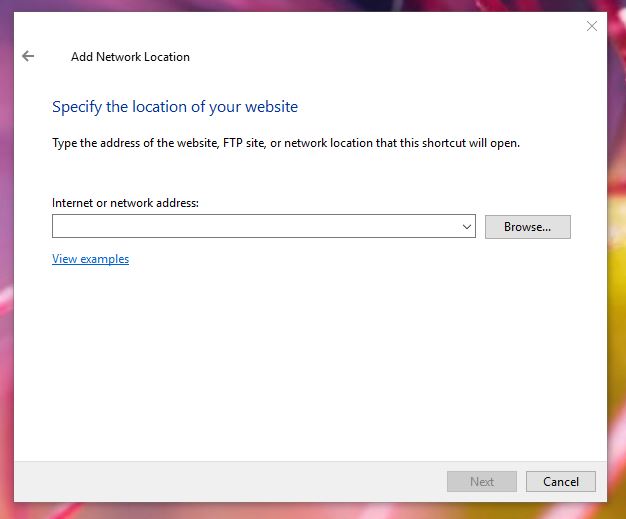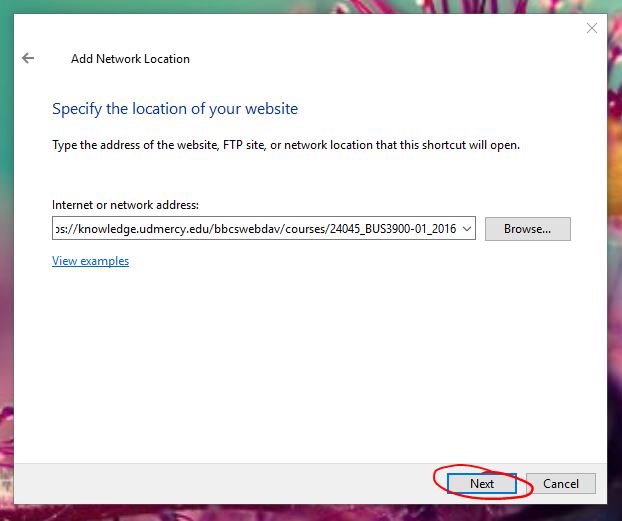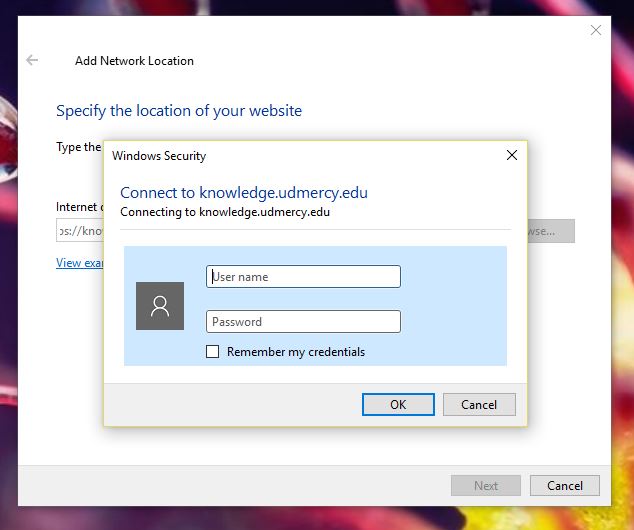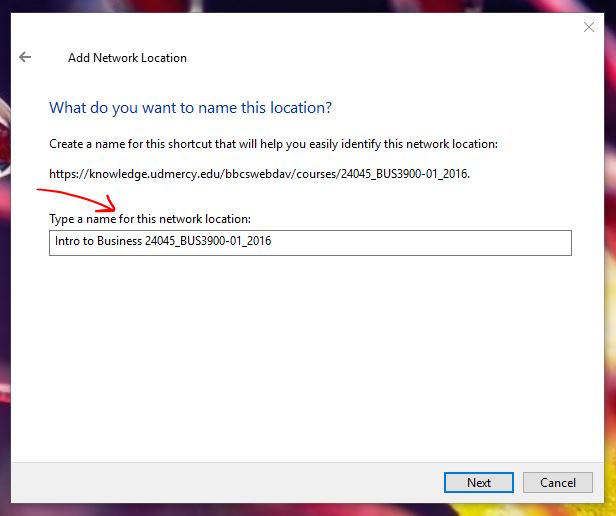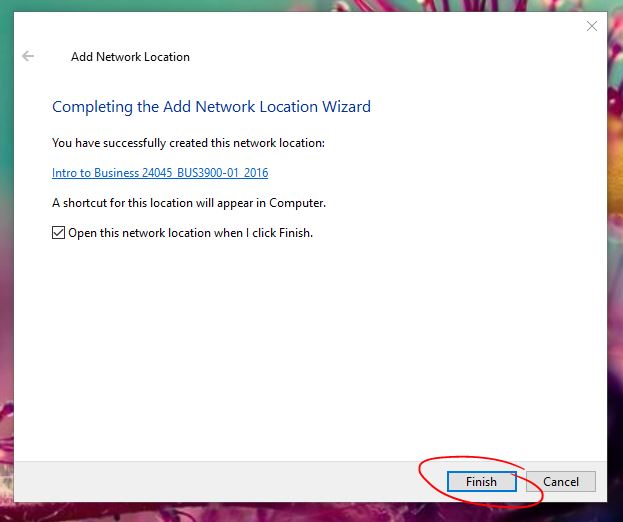Taking a test in Lockdown Browser
What is it?
Respondus LockDown Browser provides a more secure environment for online testing. LockDown Browser itself is a separate web browser (like Internet Explorer, Firefox, or Chrome) specifically geared toward taking online tests. When a student is ready to take an online test that uses LockDown Browser, they actually launch the LockDown Browser from their desktop instead of launching their usual browser of choice. LockDown Browser then fills the student’s screen (including any additional displays), open to Detroit Mercy’s Knowledge login page. While LockDown Browser is running, students are unable to use their computer for anything other than taking the test. They cannot surf other web sites, use chat services, screen capture / record, look at PDFs, PowerPoint decks, or Word files, etc.
Download and install LockDown Browser
The Detroit Mercy LockDown Browser can be downloaded from the following URL:
http://www.respondus.com/lockdown/download.php?id=945835138
Once you’ve installed LockDown Browser and are ready to take your exam, click the desktop icon.

LockDown browser acts just like any other browser, accept it’s directly linked to Detroit Mercy’s Blackboard. When prompted; Do you want to allow this app to make changes to this device, select “Yes” to continue.
Sign in to Blackboard as you normally would using your Titan Connect credentials
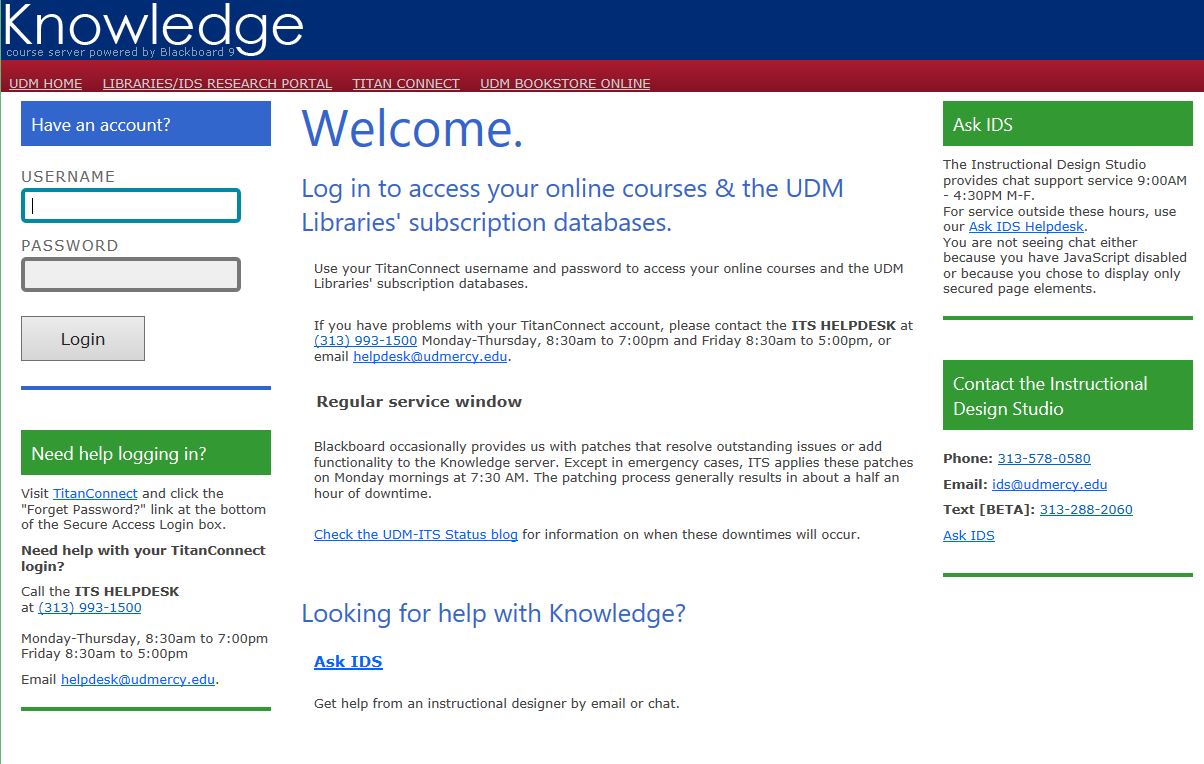
On the My Courses page, navigate to the course you are taking the LockDown Browser test in.
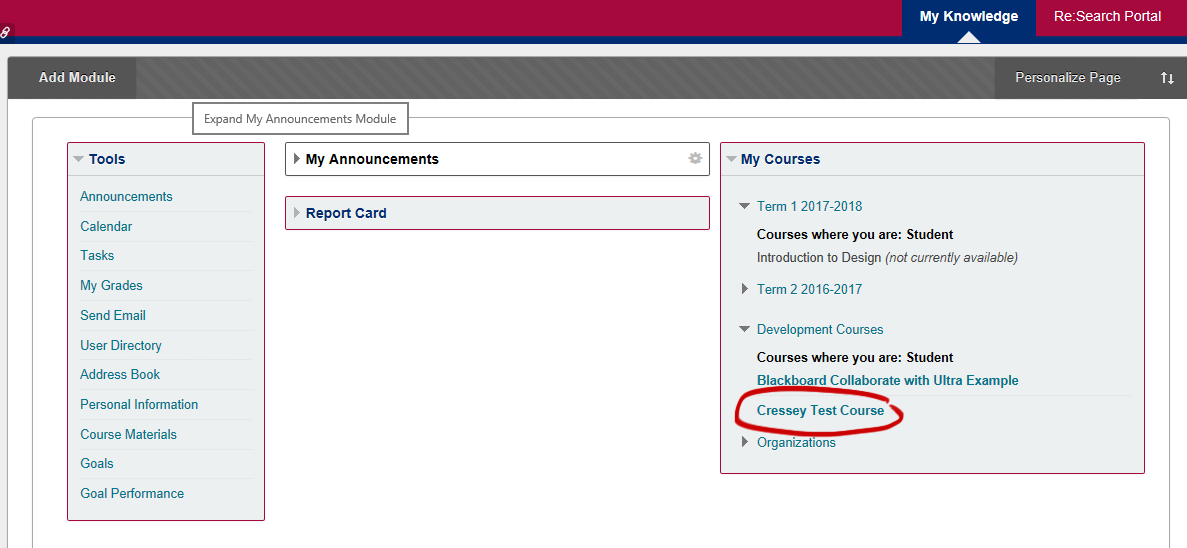
Then navigate to where the quiz or exam is located in your course. This will most likely vary from course to course.
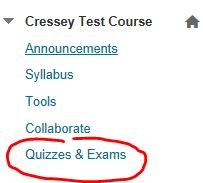
Find the test, and click on the title.

Be sure you are ready to take the exam. Prepare all necessary materials (if allowed), then click the “Begin” button.

NOTE: If the title says “Requires Respondus LockDown Browser” you must take the test through LockDown Browser. You will not be able to take the Exam in any other browser. Some professors may require a password in order to take their test. If this is the case, you will be prompted to enter the password just before taking the exam.

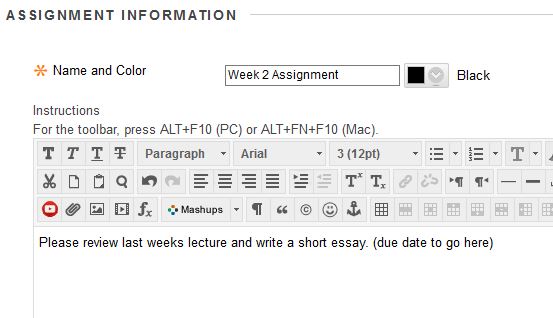



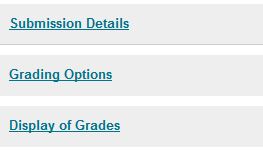

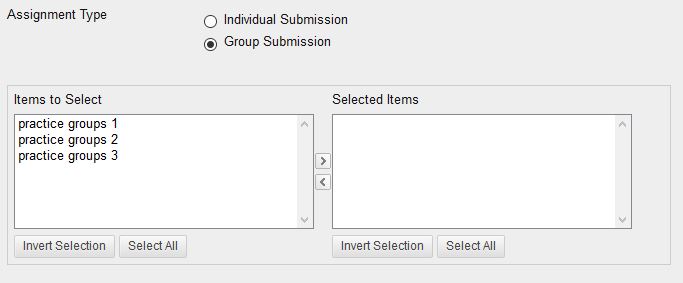


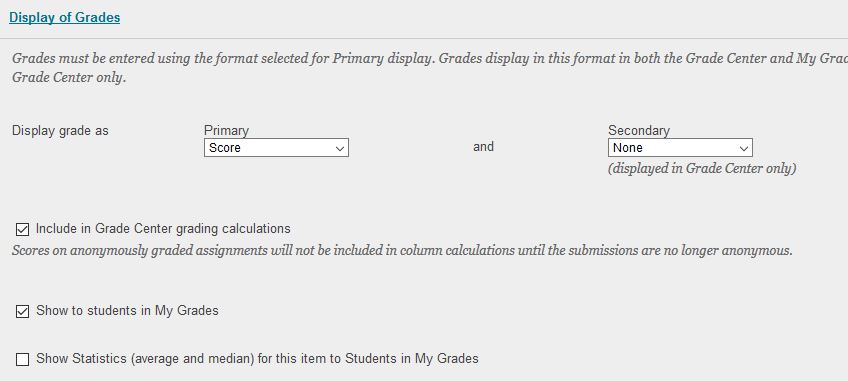 You may wish to limit when your students have access to the assignment. Maybe you are setting up your class for future weeks, or wish to grant them access for a specific time frame for that week. You may do so by selecting a date and time range, just click on the calendar and/or clock icon to set the date and time. Make sure there’s a check in the appropriate display after / display until field(s) if you wish to limit the availability. If you leave it blank, the assignment will be open until you turn it off manually. You may also track the number of views for this assignment by checking the track number of views option.
You may wish to limit when your students have access to the assignment. Maybe you are setting up your class for future weeks, or wish to grant them access for a specific time frame for that week. You may do so by selecting a date and time range, just click on the calendar and/or clock icon to set the date and time. Make sure there’s a check in the appropriate display after / display until field(s) if you wish to limit the availability. If you leave it blank, the assignment will be open until you turn it off manually. You may also track the number of views for this assignment by checking the track number of views option.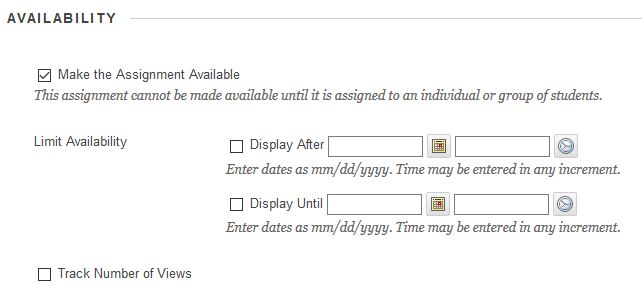 When your finished, click the submit button.
When your finished, click the submit button.